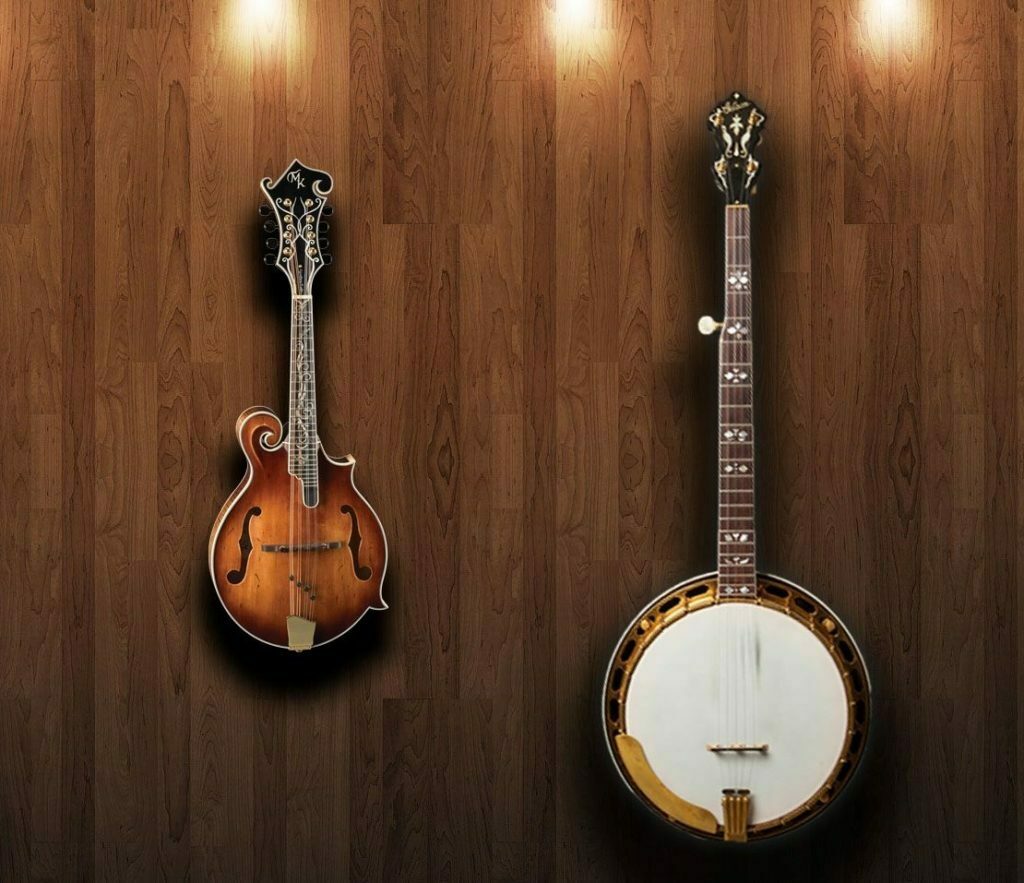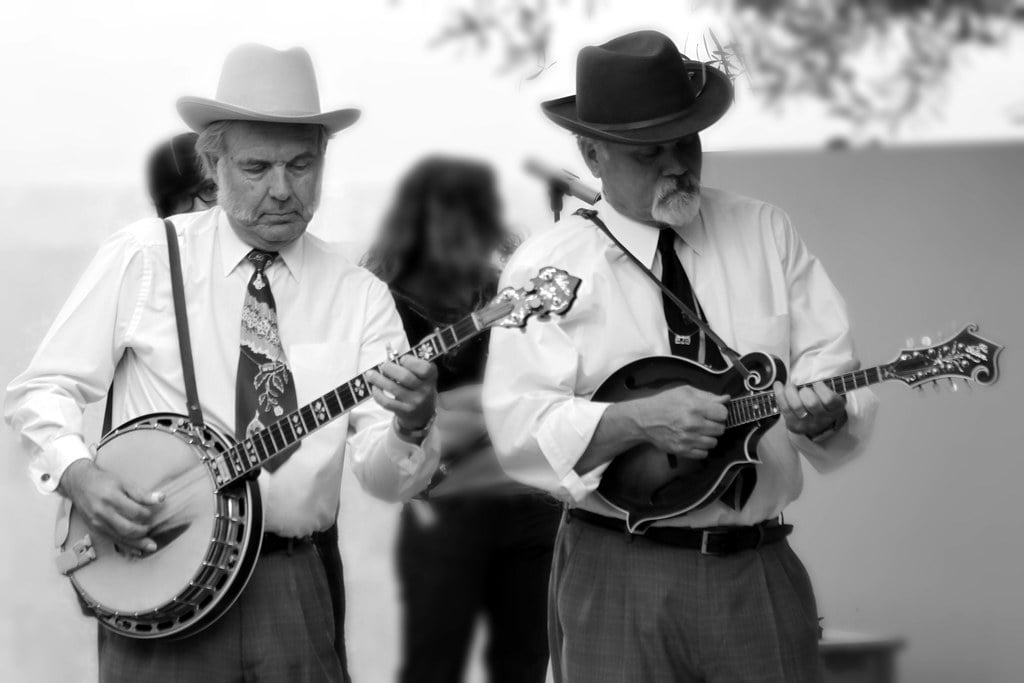Do you know the differences between the banjo vs mandolin? Although there are unquestionably similarities between the mandolin and the banjo, they are very different instruments. The two instruments differ significantly from one another. In this article we go into greater detail into each difference and tell you what should you choose between two kinds of these instruments
Contents
Difference Between the Banjo and Mandolin
Body
A mandolin has a teardrop-shaped body, while a banjo has a circular body with a drum-like head. The body of a mandolin is typically made of wood, while the body of a banjo is often made of a combination of wood and metal. The hollow construction of both bodies allows the instruments to play when the strings are strummed or plucked.
Mandolins have hollow wooden bodies with two f-shaped holes cut. A triangle-shaped plastic pickguard is typically seen under the strings of modern mandolins. This safeguards the wood and prevents scratches.
The banjo is quite different. The main component of a banjo is a wooden ring with an inside tone ring. Additionally, it has a drumhead on the front and a bowl-shaped resonator in the back sound. The sound of a mandolin is often described as bright, crisp, and sweet

Strings
The mandolin has four sets of strings. In other words, it contains eight strings altogether. Due to their linked nature, each pair of their eight strings has the same pitch. The distinctive tone of mandolins is a result of this configuration.
In contrast, the banjo only has four or five strings. To pluck or strum the strings on a banjo, players typically use their fingers, a pick, or a plectrum. Banjo players use a variety of strumming and plucking techniques. Picks are primarily used by mandolin players to strum or pluck the instrument.
Neck
A banjo’s neck is long, about the same length as a standard guitar neck. However, a mandolin’s neck is short, about the same length as a tenor violin. Additionally, the mandolin’s and banjo’s necks are divided into a number of frets. In comparison to banjos, mandolins have shorter frets.
The banjo’s neck is also a bit thinner than the mandolin’s. A mandolin’s neck must be thick to handle the instrument’s total of eight strings.

Pitch
The mandolin has a sound that is substantially higher in pitch when compared to the banjo. Banjos produce twangy sounds that are significantly lower.
The banjo’s neck is also a bit thinner than the mandolin’s. A mandolin’s neck must be thick to handle the instrument’s total of eight strings.
Sound
The banjo is known for its distinctive twangy tone. But the mandolin is completely different. This instrument has a sound reminiscent of a 12-string guitar, but with a noticeably higher pitch. The variations in string numbers account for the variations in sound.The sound of a mandolin is often described as bright, crisp, and sweet
Application
Banjos and mandolins are frequently used in many musical contexts. Mandolins are frequently featured in European classical music. In American folk and bluegrass music, they are also occasionally utilized. It frequently relies on the kind of mandolin.
Folk, bluegrass, and even Dixieland jazz music all adore the banjo. It’s not unusual to hear banjos in rock and pop songs as well.
Tuning
The tuning of a mandolin is usually the same as that of a violin (G-D-A-E), while the tuning of a banjo is often in open G or open D.
Which Instrument Should You Select?
It’s time for you to choose one now that you are aware of the differences between the two instruments! Even with your knowledge, it can be challenging to recommend one instrument over another because it all comes down to desire and objectives.

Since they are comparable in price, this is typically not a problem. Mandolins may appeal to people who like somewhat higher-pitched sounds. The world of banjos may entice those of deeper tones.
If you are interested in picking up a Banjo, check out our recommended courses to help you learn to play banjo! In other hands, if you are a fan of mandolin, we also help you learn to play a mandolin
